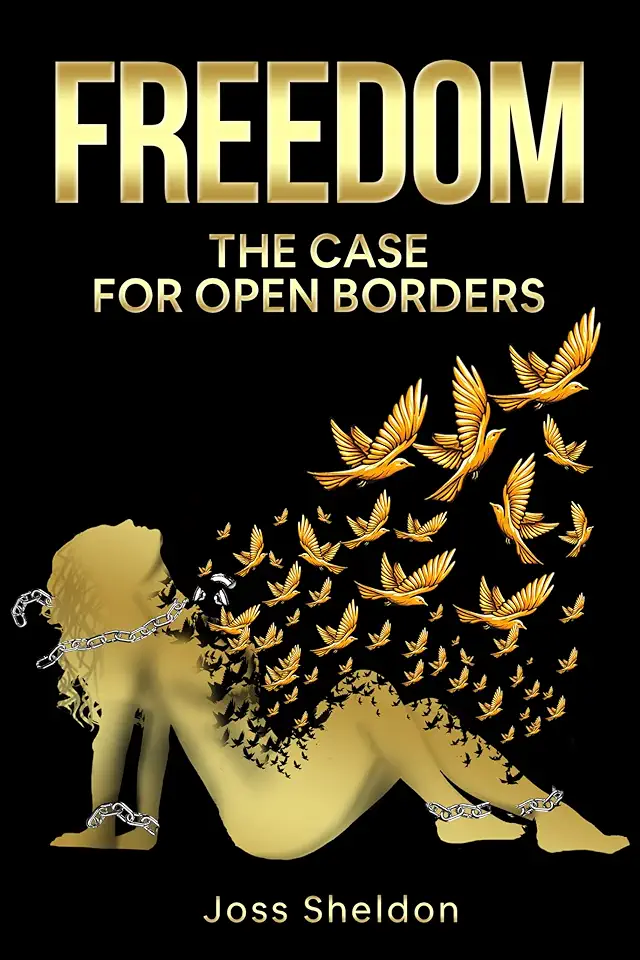
History of the Movies - Edward F. Dolan Jr.
History of the Movies: A Comprehensive Guide to the Evolution of Cinema
Introduction
Welcome to the captivating world of cinema, where dreams come to life on the silver screen. In this comprehensive guide, Edward F. Dolan Jr. takes you on an enthralling journey through the history of movies, from their humble beginnings to their current status as a global phenomenon. Prepare to be amazed as you delve into the evolution of filmmaking, the rise of iconic stars, and the groundbreaking innovations that have shaped the art form we love.
The Birth of Cinema
The history of movies begins in the late 19th century with the invention of the motion picture camera. Early pioneers like Thomas Edison and the Lumière brothers experimented with capturing moving images, laying the foundation for the future of cinema. These early films were short and simple, but they sparked a fascination that would soon sweep the world.
The Silent Era
The early 20th century saw the rise of the silent film era, a period marked by the absence of synchronized sound. Despite this limitation, silent films flourished, thanks to the creativity and artistry of filmmakers and actors. Charlie Chaplin, Buster Keaton, and Mary Pickford became household names, captivating audiences with their physical comedy and emotional performances.
The Golden Age of Hollywood
The 1930s and 1940s marked the golden age of Hollywood, a time when the American film industry dominated the world. With the introduction of sound technology, movies became even more immersive and engaging. Stars like Humphrey Bogart, Katharine Hepburn, and James Stewart graced the silver screen, delivering unforgettable performances in classic films like "Casablanca," "Gone with the Wind," and "Citizen Kane."
The New Hollywood
The 1960s and 1970s saw a shift in the film industry, with the emergence of the New Hollywood movement. This period was characterized by a rejection of traditional Hollywood conventions and a focus on more personal and experimental filmmaking. Directors like Martin Scorsese, Francis Ford Coppola, and Steven Spielberg emerged as leading figures, creating groundbreaking films that pushed the boundaries of cinema.
The Blockbuster Era
The 1980s and 1990s ushered in the era of the blockbuster, with big-budget films dominating the box office. Special effects technology advanced rapidly, allowing filmmakers to create visually stunning spectacles. Action movies like "Star Wars," "Indiana Jones," and "Jurassic Park" became global hits, redefining the concept of cinematic entertainment.
The Digital Revolution
The 21st century has witnessed the digital revolution in filmmaking, transforming the way movies are made and distributed. Digital technology has made it possible for independent filmmakers to create high-quality films with limited resources, leading to a diverse and vibrant film landscape. Streaming services like Netflix and Amazon Prime Video have also changed the way we consume movies, offering instant access to a vast library of content.
Conclusion
The history of movies is a testament to the power of storytelling and the human imagination. From the silent era to the digital age, cinema has evolved and adapted, constantly finding new ways to captivate and entertain audiences. With each passing year, new masterpieces are created, adding to the rich tapestry of cinematic history.
Whether you're a film buff, a casual moviegoer, or simply someone curious about the world of cinema, "History of the Movies" is an essential read. This comprehensive guide will take you on a journey through time, introducing you to the iconic films, legendary stars, and groundbreaking innovations that have shaped the art form we love. Get ready to be inspired, entertained, and transported to a world where dreams come to life on the silver screen.